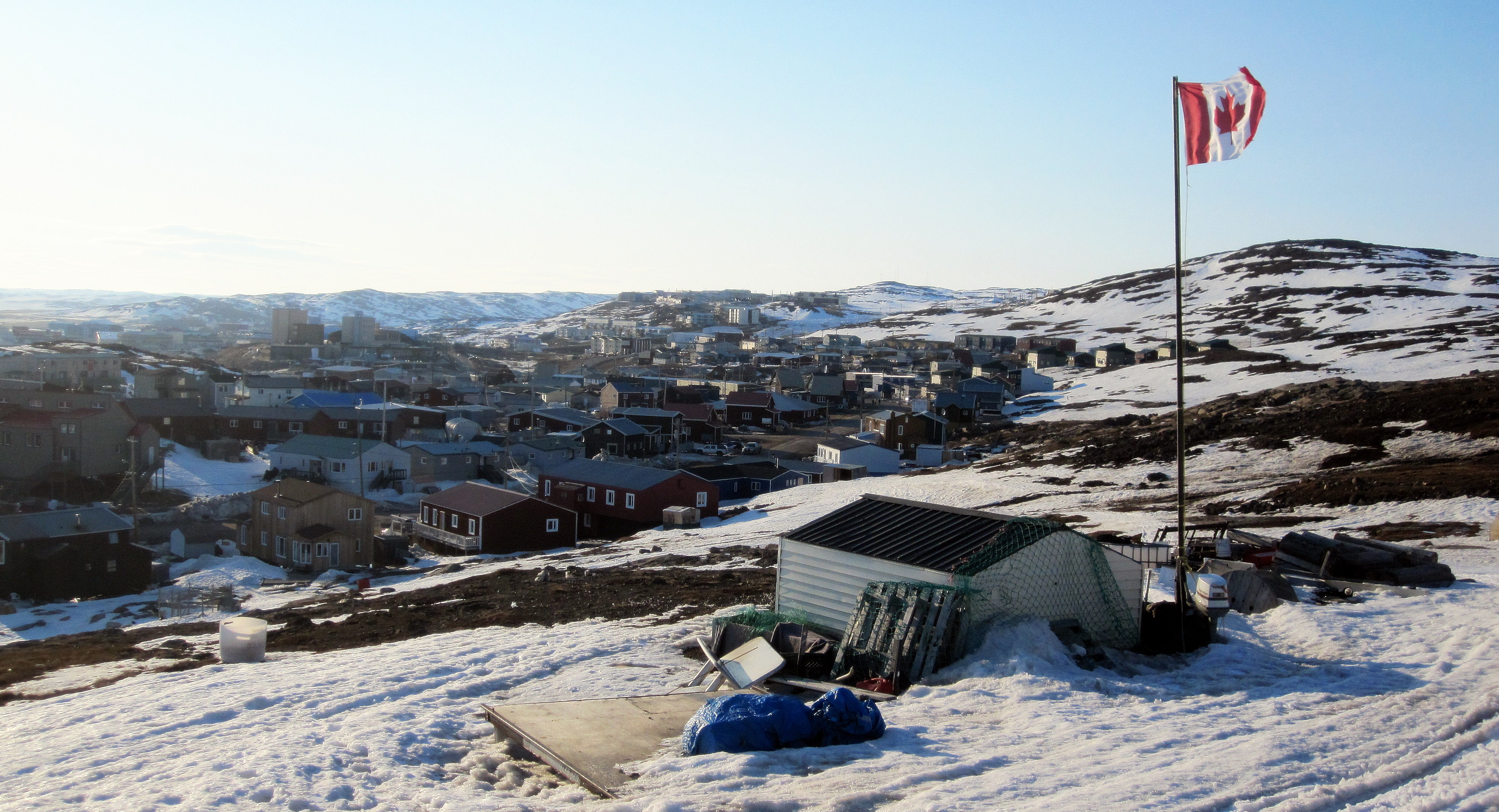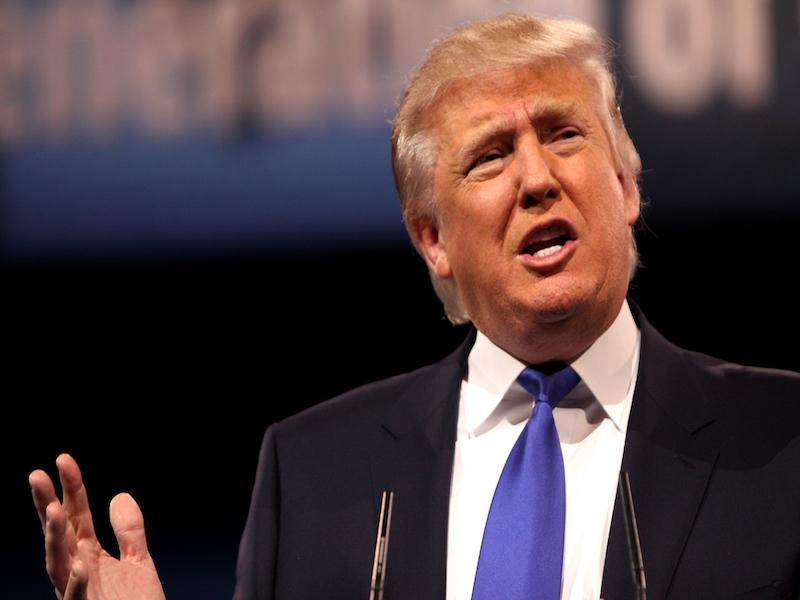Nunavut is the most geographically expansive of all Canada’s provinces and territories. On the map, it looms large over the rest of the country. But that has not placed Nunavut at the forefront of policymakers’ minds when considering new infrastructure. On July 30, just days before the start of Canada’s second longest election campaign, Canada’s Environment Minister and Member of Parliament for Nunavut, Leona Aglukkaq, announced a new deepwater port and sealift facility for Iqaluit, expected to cost approximately $85 million in total. The completed port will reduce the offloading time of dry cargo from 60 working days to 20 and fuel offloading times will be reduced from 15 working days to five. At first glance, the announcement by Hunter Tootoo, Aglukkaq’s successor as MP for Nunavut and the new Minister of Fisheries and Oceans, that the Liberal government will honour this commitment seems excellent news for Nunavut.
However, Iqaluit is a poor location for a deepwater port. Nishi Khon/SNC Lavalin has conducted technical studies indicating that greater economic benefits could be seen by establishing the port instead at Kimmirut and connecting that southern Baffinland community with Iqaluit via a roughly 150 kilometre all-weather road. Estimates regarding the cost of the all-weather road have been as high as $1 billion, in part because the route would likely have to carve through the Meta Incognita Mountains. Another caveat to the Kimmirut location: when it was first proposed in 2003, local stakeholders expressed concern that an all-weather road would have to pass through protected lands in Katannilik Territorial Park.
Iqaluit would certainly be cheaper financially and politically, but the sustained ice cover in Frobisher Bay limits the utility of this location for a deepwater port. While a port in the Nunavut’s largest community makes for good electoral optics, it dodges the question most important to Nunavut’s long-term economic development: the infrastructure deficit. No two Nunavummiut communities are linked by roads, and so any shipments or travel within the territory depends on the availability of seaplanes.
Minister Tootoo’s announcement has not generated much excitement in the business community. Thus far, only a Labrador-based company – the Woodward Group – has expressed interest in running a ferry and limited cargo service in the future between Iqaluit and Port of Goose Bay, mostly touted as a way for Iqalummiut to get access to cheaper groceries rather than as an export hub for the territory. But it seems this ship has sailed; the Government of Nunavut has confirmed that the Iqaluit port will already be completed by 2020. Perhaps the next best hope for Nunavut to gain an export hub is a proposed port facility in Rankin Inlet, a community located on the Nunavut mainland. Although a business plan was being drafted by the local authorities in 2012, the project seems to have stalled.

Nunavut’s challenges are much more deep-seated than a lack of market access, however. Given its status as a territory rather than a province, Nunavut lacks its own resources. In its 2015-2016 budget, the Government of Nunavut identifies how 89% of its $1.7 billion in annual revenue came from various federal transfer programs. This severe dependence on support from the federal government does not reflect the wishes of most Nunavummiut; the Northwest Territories and Yukon Territory have both reached devolution agreements that will see their governments gain greater taxation powers, but a deal for Nunavut remains elusive. The appointment of a Chief Federal Negotiator in October 2014 raised hopes, but it seems that a lasting devolution agreement is now once again on the backburner following the change in government federally. Given that Prime Minister Justin Trudeau has spoken of a desire for a “new relationship” with Canada’s aboriginal peoples, including the Inuit, devolution for Nunavut must once again be a priority.
Devolution and market access will allow Nunavut to diversify its economy, avoiding the social impact of mine closures. Although it seems Agnico-Eagle mines will be in Nunavut for the long haul, having recently identified significant gold deposits in the Kivalliq region, overall investment in Nunavut has declined considerably due to production costs at other mine locations or because of public opposition, such as Areva Resources’ proposed uranium mine near Kiggavik. If any economic development is to be achieved for these communities, the Government of Nunavut needs the freedom to identify its own objectives and pursue opportunities, much like their counterparts in Yellowknife and Whitehorse.




